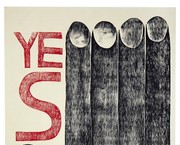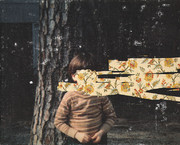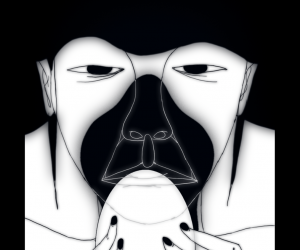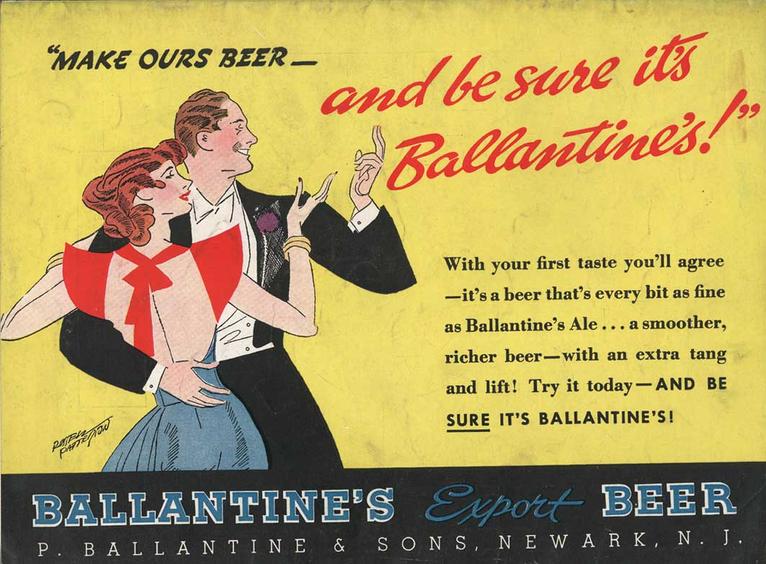
Russell Patterson
Posted by Fabio 5 July 2010
Russell Patterson (December 26, 1893 – March 17, 1977) was a celebrated and prolific American cartoonist, illustrator and scenic designer. Patterson’s art deco magazine illustrations helped promote the idea of the 1920s and 1930s fashion style known as the flapper. Patterson was born in Omaha, Nebraska. Although he claimed he knew at age 17 that he wanted to be a magazine cover artist, he took a circuitous route to his ultimate success in that field.
His family left his hometown of Omaha and settled in Montreal when he was still a boy. He studied architecture briefly at college, then became an undistinguished cartoonist for some newspapers in Montreal, contributing Pierre et Pierrette to La Patrie. Rejected by the Canadian army at the start of World War I, he moved to Chicago to become a catalog illustrator.
A trip to Paris gave him the opportunity to paint and attend life-drawing classes. However, it also left him in debt, and so he reluctantly returned to the dull work of advertising art in Chicago.
From 1916 to 1919, he intermittently attended the Art Institute of Chicago. From 1922 to 1925, Patterson, as Charles N. Landon had done before, distributed a mail-order art instruction course. Consisting of 20 lessons, it was called “The Last Word in Humorous Illustrations” (despite that title, he later contributed to the instruction books of the Art Instruction Schools).
In 1924, Patterson made an attempt to carve out a living as a fine artist. Traveling to the Southwest with his paintings, however, he found the art galleries indifferent to his work.
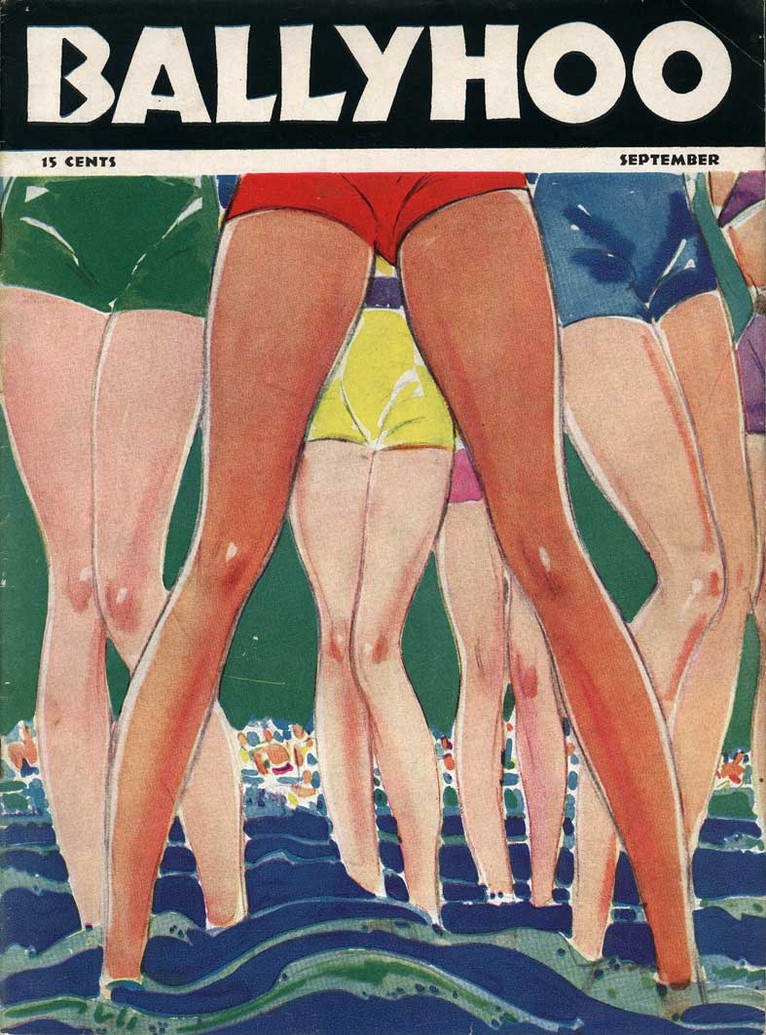 In 1925, having arrived in New York City, Patterson suddenly found his direction. He put aside his fine arts ambitions and turned his talents toward illustration. Drawing on his experience sketching beautiful women in Paris, he began adorning covers and interiors for magazines like College Humor and Judge, and later Life and Ballyhoo with his vivacious flappers. Within a couple of years, Russell Patterson the illustrator went from obscurity to celebrity, at a time when the leading graphic artists were as famous as movie stars.
In 1925, having arrived in New York City, Patterson suddenly found his direction. He put aside his fine arts ambitions and turned his talents toward illustration. Drawing on his experience sketching beautiful women in Paris, he began adorning covers and interiors for magazines like College Humor and Judge, and later Life and Ballyhoo with his vivacious flappers. Within a couple of years, Russell Patterson the illustrator went from obscurity to celebrity, at a time when the leading graphic artists were as famous as movie stars.
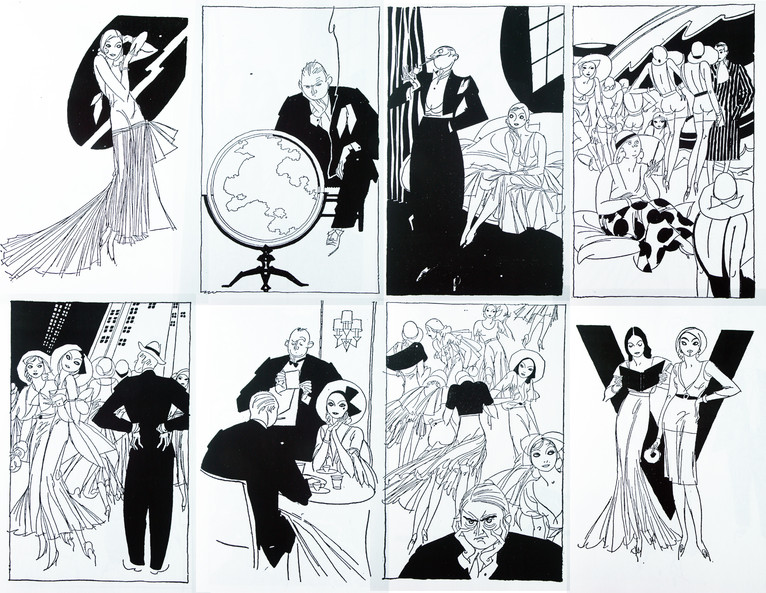 As his career blossomed, his ubiquitous version of the modern Jazz Age woman graced the covers and interior pages of The Saturday Evening Post, Vogue, Vanity Fair, Cosmopolitan, Redbook and Photoplay, among many other magazines. As celebrated at that time as the “Gibson Girl” had been years before, his “Patterson Girl” was, in the words of Armando Mendez, “simultaneously brazen and innocent.” Martha H. Kennedy cites Patterson’s dependence on the “graphic power of elegant, outlined forms, linear patterns of clothing and trailing smoke to compose strongly decorative, eye-catching designs.” Women of the time turned to Patterson’s work to follow trends in clothing, jewelry and cosmetics.
As his career blossomed, his ubiquitous version of the modern Jazz Age woman graced the covers and interior pages of The Saturday Evening Post, Vogue, Vanity Fair, Cosmopolitan, Redbook and Photoplay, among many other magazines. As celebrated at that time as the “Gibson Girl” had been years before, his “Patterson Girl” was, in the words of Armando Mendez, “simultaneously brazen and innocent.” Martha H. Kennedy cites Patterson’s dependence on the “graphic power of elegant, outlined forms, linear patterns of clothing and trailing smoke to compose strongly decorative, eye-catching designs.” Women of the time turned to Patterson’s work to follow trends in clothing, jewelry and cosmetics.


